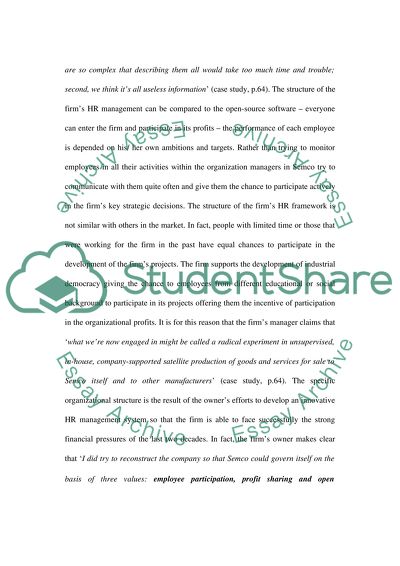Cite this document
(“Semco Company Essay Example | Topics and Well Written Essays - 5000 words”, n.d.)
Semco Company Essay Example | Topics and Well Written Essays - 5000 words. Retrieved from https://studentshare.org/miscellaneous/1552534-semco-company
Semco Company Essay Example | Topics and Well Written Essays - 5000 words. Retrieved from https://studentshare.org/miscellaneous/1552534-semco-company
(Semco Company Essay Example | Topics and Well Written Essays - 5000 Words)
Semco Company Essay Example | Topics and Well Written Essays - 5000 Words. https://studentshare.org/miscellaneous/1552534-semco-company.
Semco Company Essay Example | Topics and Well Written Essays - 5000 Words. https://studentshare.org/miscellaneous/1552534-semco-company.
“Semco Company Essay Example | Topics and Well Written Essays - 5000 Words”, n.d. https://studentshare.org/miscellaneous/1552534-semco-company.


